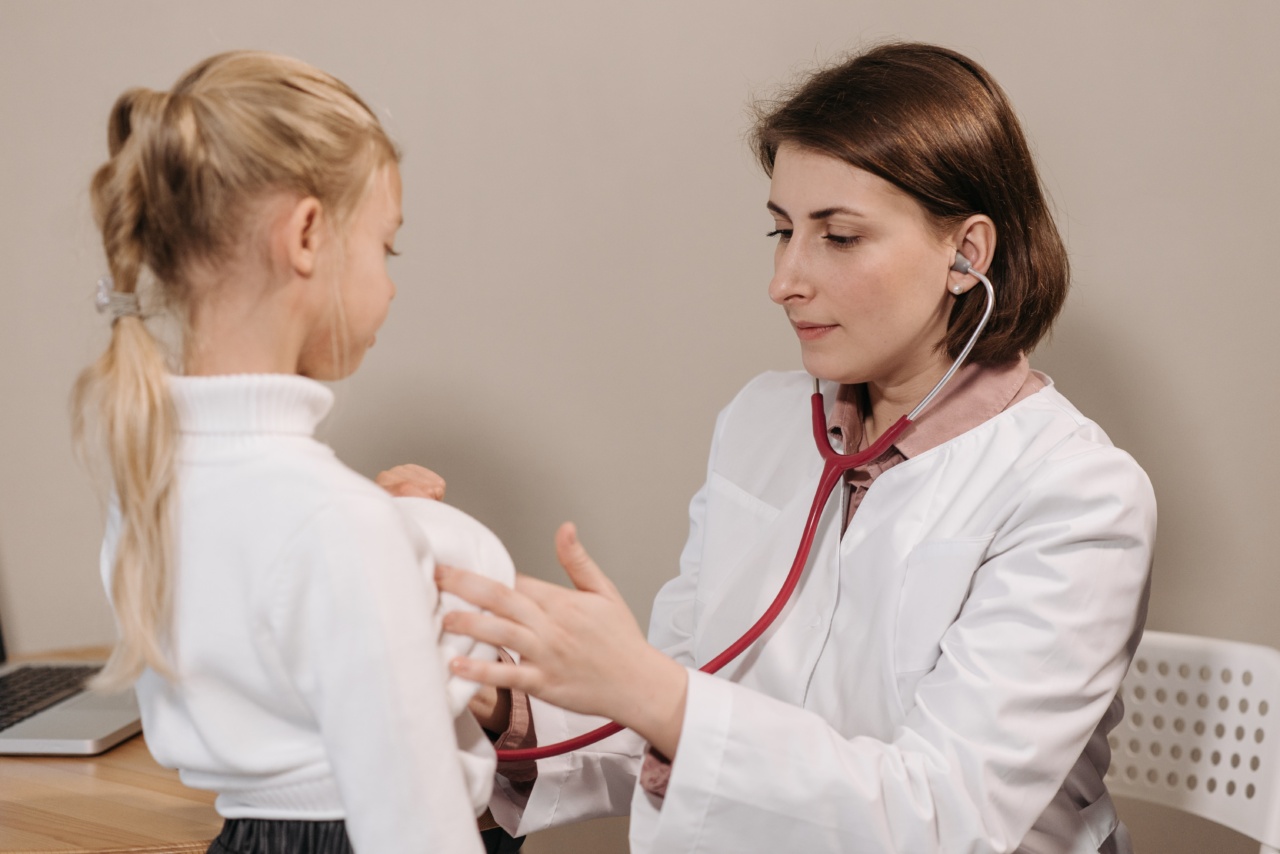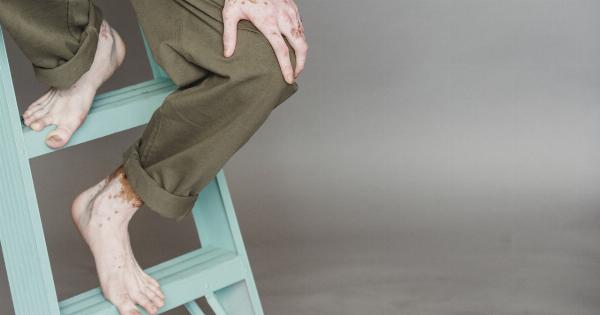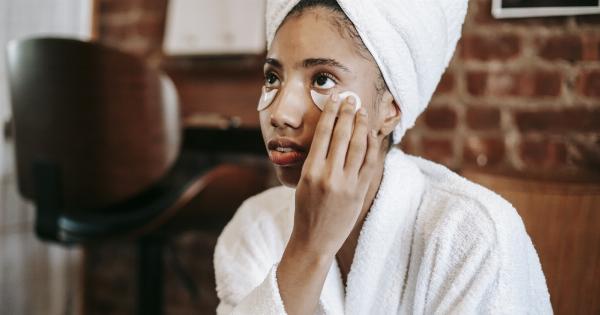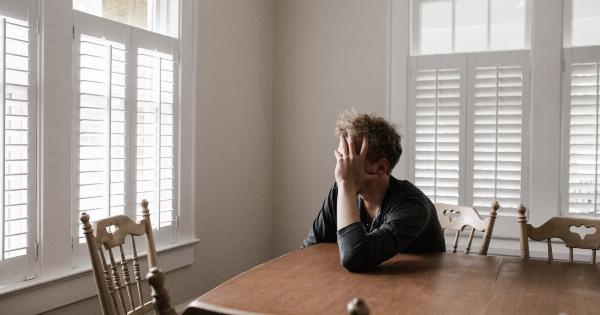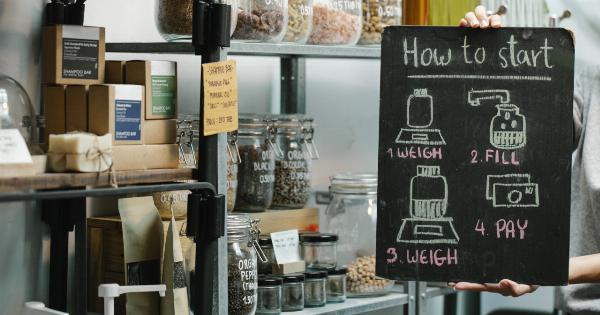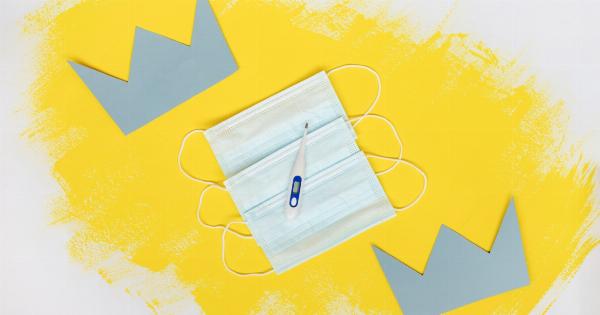Breathing is something we do every day without much thought, but what happens when we struggle to take in enough air? Whether it’s due to a chronic respiratory condition, such as asthma or COPD, or simply feeling short of breath during exercise, difficulty breathing can seriously impact our quality of life. Fortunately, there are some exercises that can help strengthen the muscles involved in breathing and make the act of breathing easier. Here are three exercises to try:.
1. Pursed-lip Breathing
Pursed-lip breathing is a technique that has been shown to improve breathing efficiency and decrease shortness of breath. Here’s how to do it:.
- Sit up straight in a chair or lie down on your back.
- Inhale slowly and deeply through your nose for a count of two.
- Purse your lips (as if you were going to whistle) and exhale slowly and evenly for a count of four.
- Repeat for several breaths.
Pursed-lip breathing helps to slow down your breathing while simultaneously keeping your airways open for longer, which can be useful if you are feeling short of breath or having trouble catching your breath after exercise.
It can also help to reduce the workload on the breathing muscles, making it easier to breathe in general.
2. Diaphragmatic Breathing
Diaphragmatic breathing, also known as belly breathing or abdominal breathing, is a technique that helps to strengthen the diaphragm – a large, dome-shaped muscle that plays an important role in breathing.
- Lie down on your back with a pillow under your head and knees for support, or sit up straight in a chair with your feet flat on the ground.
- Place one hand on your chest and the other on your belly.
- Breathe in slowly and deeply through your nose, feeling your belly rise and expand as you do so. Your chest should remain relatively still.
- Breathe out slowly through pursed lips, feeling your belly fall and contract as you do so.
- Repeat for several breaths.
Diaphragmatic breathing helps to strengthen the diaphragm, which can improve breathing efficiency and make it easier to take in enough air.
It also helps to increase oxygen delivery to the body and reduce the workload on the breathing muscles, which can be especially helpful if you have a respiratory condition.
3. Deep Breathing with Bracing
Deep breathing with bracing is a technique that combines deep breathing with the use of the abdominal muscles to further strengthen the muscles involved in breathing.
- Lie down on your back with a pillow under your head and knees for support, or sit up straight in a chair with your feet flat on the ground.
- Take a deep breath in through your nose, feeling your belly rise and expanding your ribcage as you do so. Hold for a few seconds.
- Brace your abdominal muscles as if someone were about to punch you in the stomach, and exhale through pursed lips. Your belly should fall and your ribcage should contract as you do so.
- Repeat for several breaths.
This technique helps to strengthen both the diaphragm and the abdominal muscles, increasing breathing efficiency and making it easier to take in enough air.
It can also be helpful for individuals who experience shortness of breath or coughing fits, as the abdominal bracing can help to prevent these episodes.
Conclusion
Breathing is something we take for granted until it becomes difficult, but with a bit of practice, we can strengthen the muscles involved in breathing and make the act of breathing easier.
Pursed-lip breathing, diaphragmatic breathing, and deep breathing with bracing are three exercises that can help us achieve this goal. Practice them regularly to strengthen your lungs and breathe easier.
